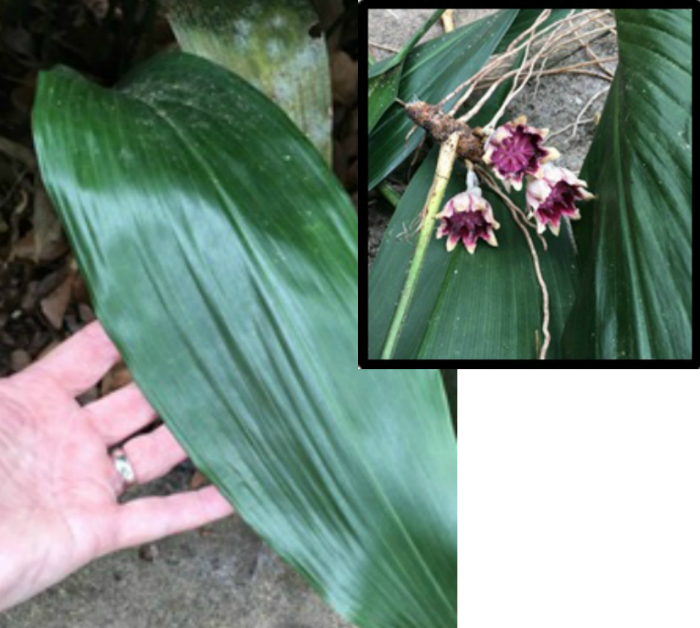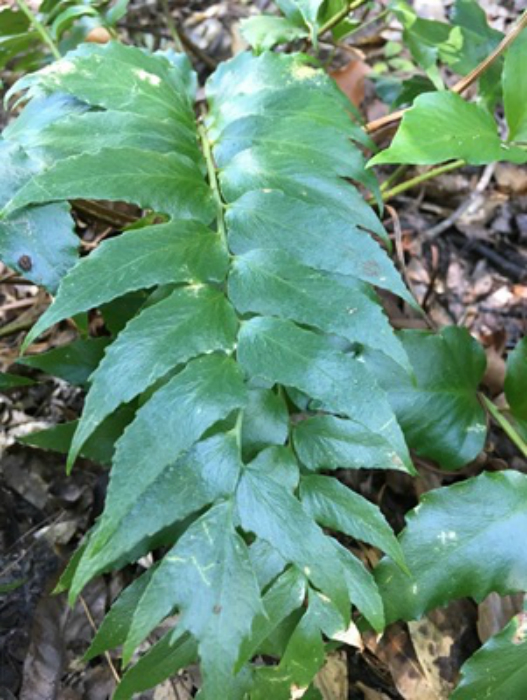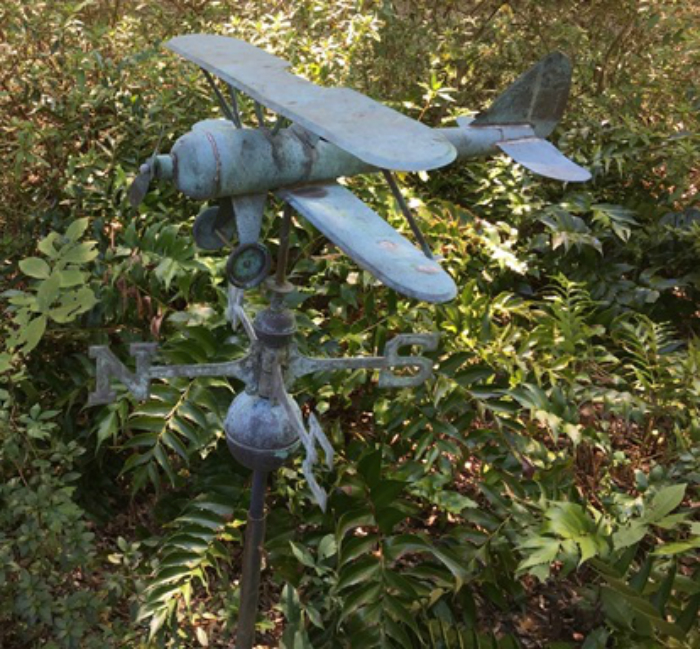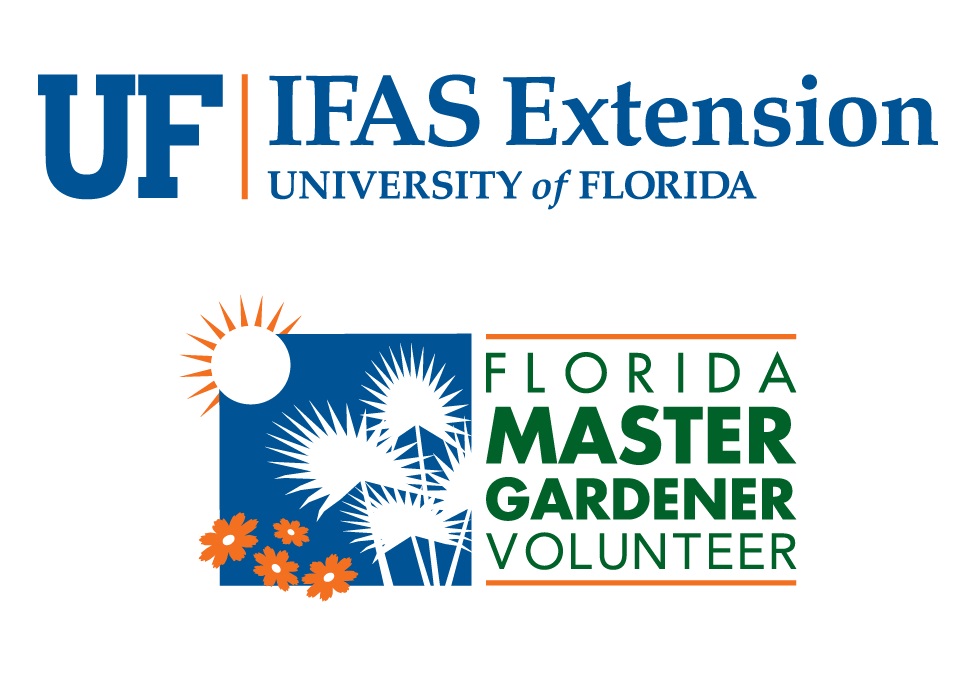Ask Master Gardener Volunteer JoAnn Green
There are few plants that offer color (other than browns or grays) in the winter landscape. Most perennials die back or lose their leaves in the cooler weather. Cast Iron plants (Aspidistra elatior) and Japanese Holly Ferns (Cyrtomium falcatum) are two plants you can depend on to provide dark green foliage even in the dead of winter in our area (zone 8B).
Cast Iron Plant
One tough cookie is the Cast Iron Plant. This is a landscape staple in my shady yard, as this plant does best in deep to partial shade. Cast iron plant is considered a groundcover, as it grows 1- 2 feet in height and spreads 1-2 feet. The most common color seen in landscapes is dark green, but there are also several variegated versions.
2 feet in height and spreads 1-2 feet. The most common color seen in landscapes is dark green, but there are also several variegated versions.
In summer, the evergreen leaves make this a nice background plant behind plants with bright foliage or flowers. I like the combination of Aspidistra with white caladiums. The deep green leaves of Aspidistra with bright white in the caladiums adds a cooling effect along my shady sidewalk. The coarse textured leaves of cast iron plant also go well in front of larger shrubs with finer textured leaves to add interest to your garden. I have found flowers at the base of plants in the winter when I divide them. To me, the flowers are unremarkable.

The cast iron plant can tolerate a variety of soil conditions from clay to sand, and also pH ranging from acid to slightly alkaline. It is mildly drought tolerant. The University of Florida research notes this plant has poor salt
tolerance. A few commercial nursery sites say the plant does tolerate salt. If you live at or near the coast, I recommend you try one plant for a full growing season to see how this plant does in your locale. And if you are successful at growing cast iron plants along the coast, we would love to hear from you!
I had some cast iron plants doing well in one of my shady beds, and then lost the large oak tree shading that bed after Hurricane Hermine. Now that the bed receives more sunlight, I have been relocating the plants that are not sunburnt to another shady location in my yard. It does transplant easily, thank goodness!
Japanese Holly Fern
Holly fern is also another evergreen plant that is showy, even in winter. Although it has leathery leaves and is coarser than most fine-textured ferns, it is a fern.  They grow up to three feet in height, and three feet in width, so when planting, give them room to grow. Holly ferns make nice ‘border’ plants along a path or edge of a landscape bed. They too make a nice background planting in behind colorful annuals or perennials.
They grow up to three feet in height, and three feet in width, so when planting, give them room to grow. Holly ferns make nice ‘border’ plants along a path or edge of a landscape bed. They too make a nice background planting in behind colorful annuals or perennials.
Holly ferns do best in slightly acidic soils (pH 7.0 or lower), rich in organic matter. When planting ferns in your landscape, add compost or a good amount of peat moss to the planting hole and a thick layer of mulch when done. They also need moist, but not soggy soil. During drought, you will need to irrigate.
 These plants will grow in full to part shade. Holly ferns will tolerate partial sunlight, as long as it is not ‘punishing’ sunlight. Morning sun in the summer is better than afternoon sun. Most of our holly ferns are situated to receive filtered morning sunlight and shade in the afternoons.
These plants will grow in full to part shade. Holly ferns will tolerate partial sunlight, as long as it is not ‘punishing’ sunlight. Morning sun in the summer is better than afternoon sun. Most of our holly ferns are situated to receive filtered morning sunlight and shade in the afternoons.
Holly fern will survive a mild winter and remain evergreen here in our zone. Ours have been in the landscape for over 20 years and survived two winters where we had ice and temperatures in the teens. They got a little frost burned but came back with new lush growth in the spring.
Fact sheets for both plants.
The last document is about landscaping in the shade with a list of plants suited for shade gardening:
University of Florida fact sheet for Cast Iron Plant: http://edis.ifas.ufl.edu/pdffiles/FP/FP05300.pdf
University of Florida Information for Japanese Holly Fern: http://gardeningsolutions.ifas.ufl.edu/plants/ornamentals/holly-fern.html
Landscaping in Florida Shade: https://edis.ifas.ufl.edu/pdffiles/EP/EP45700.pdf
If you have any questions or suggestions for future articles please email to wakullamg@ifas.ufl.edu
| The Institute of Food and Agricultural Sciences (IFAS) is an Equal Opportunity Institution authorized to provide research, educational information, and other services only to individuals and institutions that function with non-discrimination with respect to race, creed, color, religion, age, disability, sex, sexual orientation, marital status, national origin, political opinions, or affiliations. U.S. Department of Agriculture, Cooperative Extension Service, University of Florida, IFAS, Florida A&M University Cooperative Extension Program, and Boards of County Commissioners Cooperating |
 0
0



